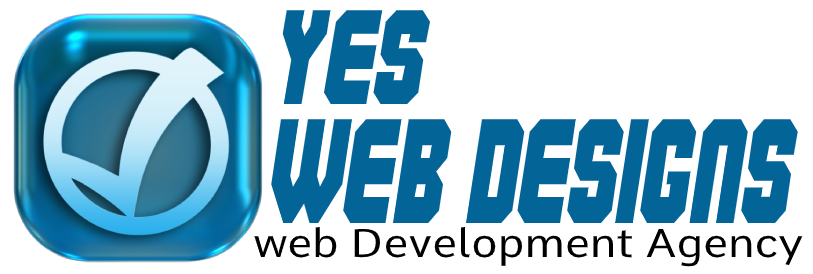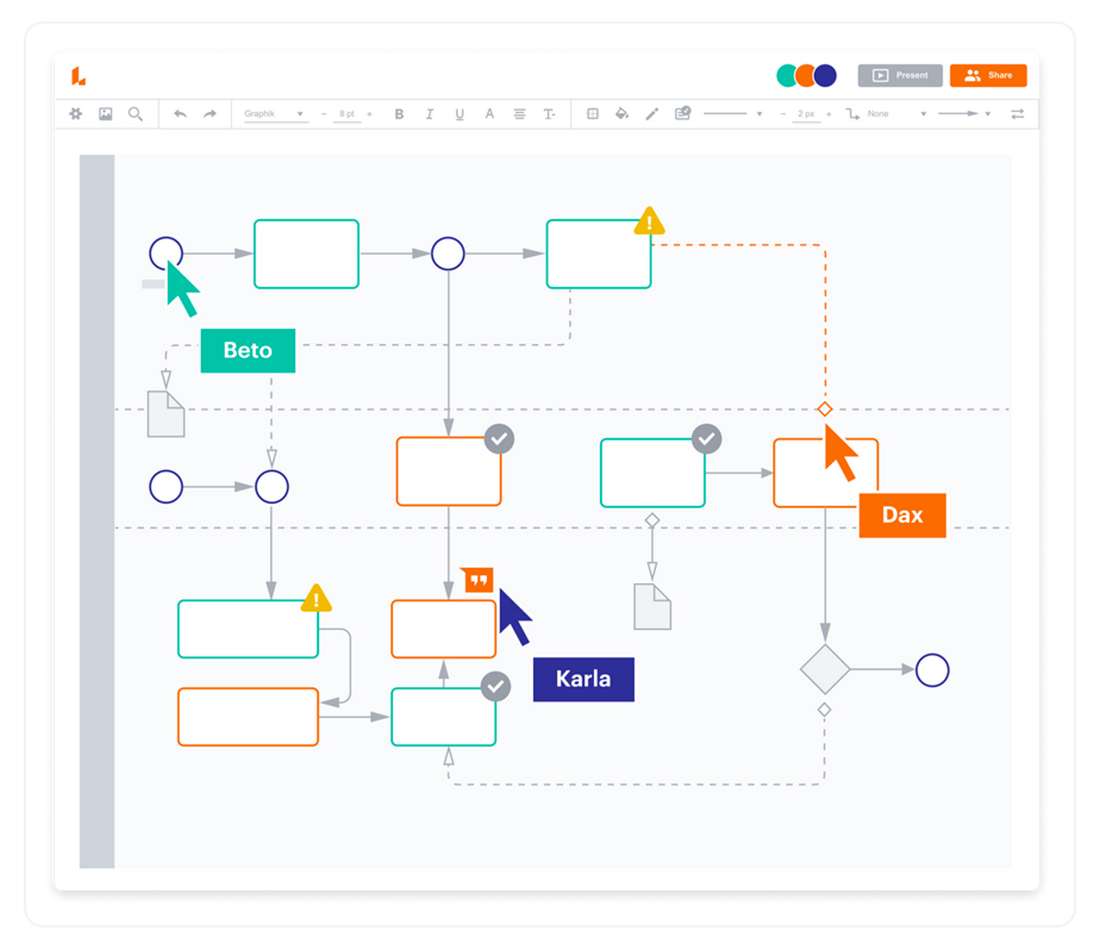Data visualization is one of those design trends or techniques that just seems to keep growing in use and value. From simple infographics to full data stories, this informational format is almost everywhere.
And for good reason: A good data visualization makes complex content that much easier to understand.
Here, we are breaking down data visualization tools, examples, tips so you can design with data successfully.
What is Data Visualization?
When you start talking about data visualization, it’s best to start at the beginning. What, really, is data visualization?
A data visualization is any graphical representation of information – often numerical or on a map – with graphics, charts, or in another digestible format.
Data visualizations are useful for making complex information, such as lots of numbers, easier to understand quickly or at a glance. Not only do data visualizations make information easier to understand, but they can also make information more accessible.
You might see data formatted in graphics such as:
- Line chart
- Bar chart
- Histogram
- Scatterplot
- Boxplot
- Pareto chart
- Pie chart
- Area chart
- Control chart
- Run chart
- Stem-and-leaf display
- Cartogram
- Small multiple
- Sparkline
- Table
- Marimekko chart
- Timeline
- Dashboard
Data Visualization Design Tools
It’s true. Designing data visualizations can be complicated and time-consuming.
The good news is there are a lot of tools that help you create professional elements and take a lot of time and hassle out of the process. Different tools might work better for certain types of data or graphic representation, so it’s important to look for the tool that works best for your application and use.
Here are 10 to consider:
- Tableau: A tool that combines data visualization and analytics with everything you need built right in for charts and maps to data elements. Paid.
- FusionCharts: This premium tool is designed to created responsive charts, dashboards, and more at scale. Paid.
- Datawrapper: This tool is a great data starter with the ability to create charts, maps, and tables using the same tool. Free version with more custom paid options.
- Plotly: This business-focused data tool uses AI and data science to showcase your information. Pricing varies on use.
- Highcharts: Designed for interactivity with rich graphics, this tool is made for developers who want to integrate rich data. Free for personal use.
- ChartBlocks: Code-free toll that lets you import to create visualizations with dozens of chart types to work with. Free and paid versions.
- Infogram: Create more complex data visualizations using drag and drop tools and collaborate on designs in real-time. Free and paid options.
- Google Charts: A simple chart builder to create rich and interactive options from a starter gallery. Free and open source.
- Chart.js: A simple and flexible JavaScript chat building tool with eight chart options on an HTML5 canvas. Free and open source.
Data Visualization Design Examples
Make sure to click through each of these examples to see how interactivity drives data visualization design.
Every Solar Eclipse Happening in Your Lifetime
There’s so much data in this globe image with lines to represent time and viewing opportunities for solar eclipses. Originally created in 2017, by The Washington Post, this information is timeless.
Selfiecity
A massive project that looks at “selfie styles” from different cities. The data set is all images and provides a glimpse into what we look like.
Age Pyramid
This is a chart that uses a massive amount of information to show the changing “age pyramid” to show age demographics.
Mister Roger’s Cardigans of Many Colors
Showing change over time, this data visualization shows a combination of time and color of the sweater Mister Rodgers wore on his television show between 1979 and 2001. Most notable is how color preference changed over time.
NBA Shooting Percentages
Sports data is a great place to use visualizations to show comparative analysis. The color element here also helps make a large complex chart easier to understand.
Data Visualization Design Tips
So how do you do it? Creating a great data visualization can be a design challenge.
It starts with an understanding of the story you are trying to tell. Then thinking about it analytically. How can I show this information? What can I do to make it easy to understand?
- Don’t feel like you have to use all the data. Use only what helps tell your story.
- Design for quick comprehension. The data visualization itself is usually enough. Don’t over-design surrounding elements. Keep it simple.
- Take care with labels and callouts. Do they have a purpose? Sometimes hover state and tooltips are a better option.
- Use plenty of white space. The more complex the information, the more white space you might need to make it look and feel less intimidating.
- Make it responsive. (This is where the right tools come in.)
- Don’t get crazy with color. Monotone palettes can show change without looking like a rainbow.
- Avoid odd stacking of text. A normal, horizontal placement is always the most readable.
- Order with care so that charts show change. The scale and axis also matter. Take care that you can see the difference when picking these elements.
- Think about the kind of chart or map or table or visual that helps tell the story. Think beyond bar charts.
- Don’t forget titles, sourcing, and microcopy that supports the visual story. Sometimes it only takes a simple headline, such as the Mister Rogers example. Other times, you might need a full paragraph to explain the information.
Conclusion
Data visualizations are an amazing tool for designers because they can help simplify complex information and provide value.
While they are innately complicated the best data visualization designers have a knack for breaking it all down into something useful that tells a story at a glance.








